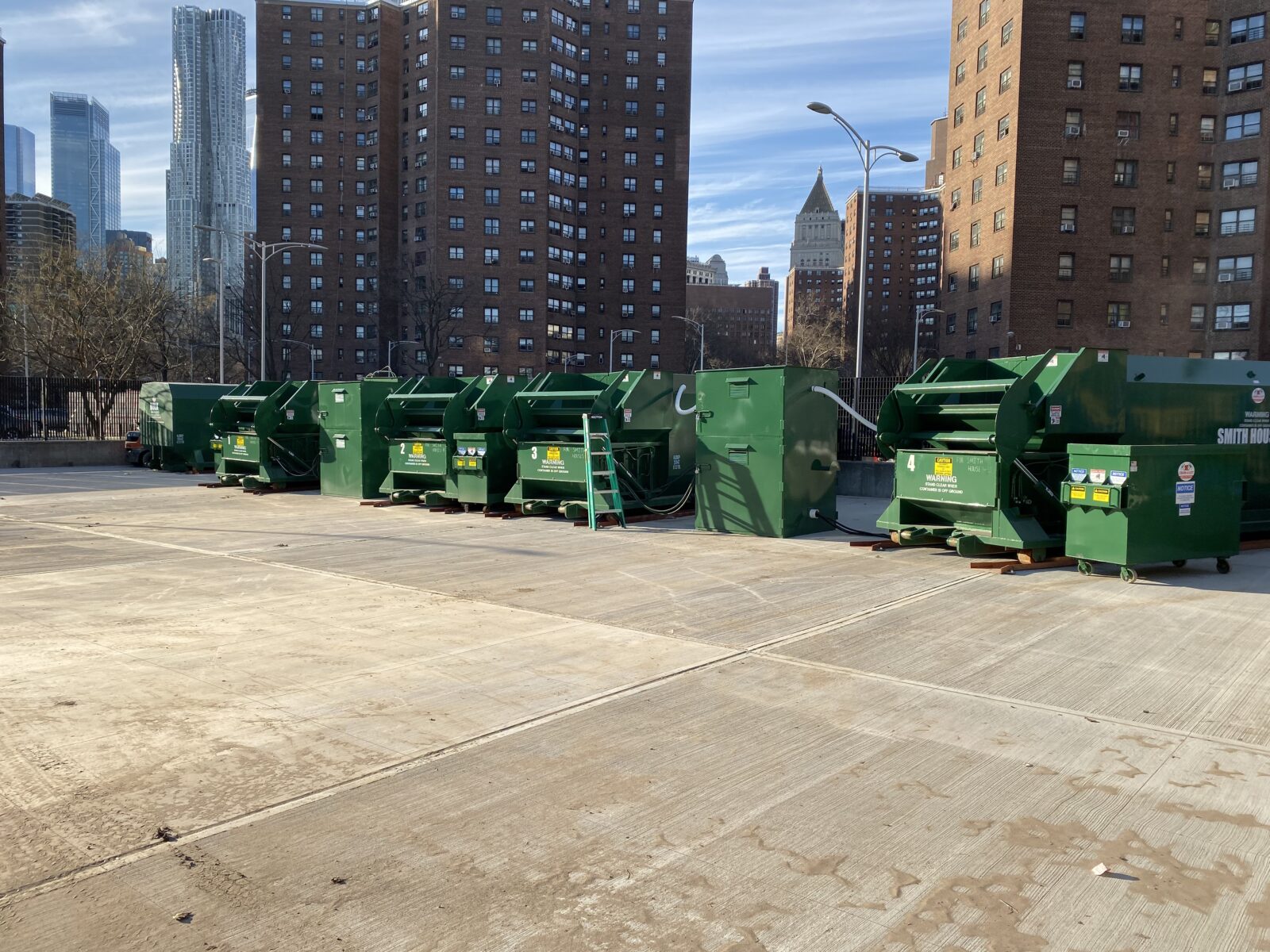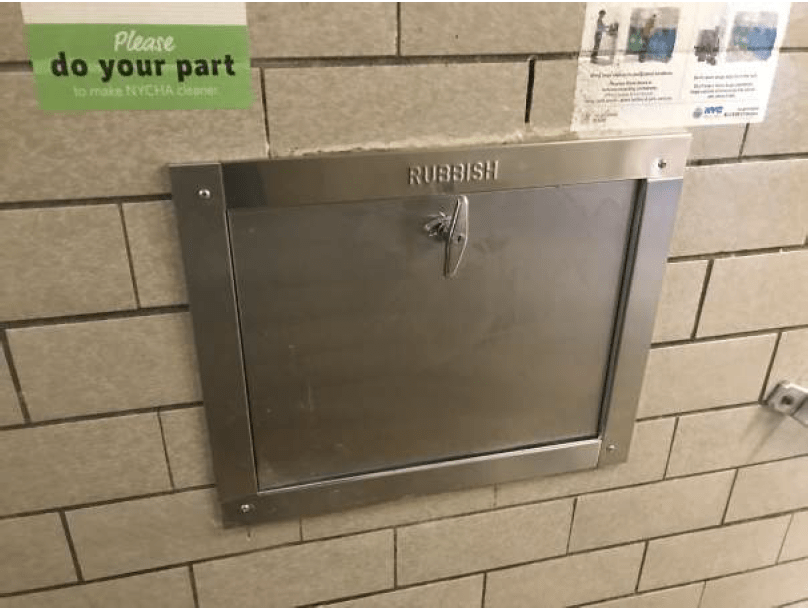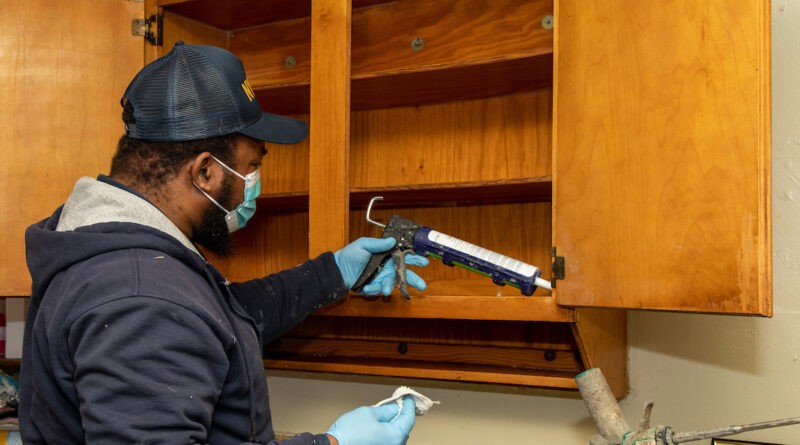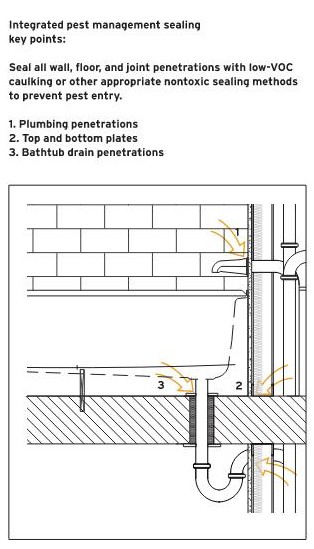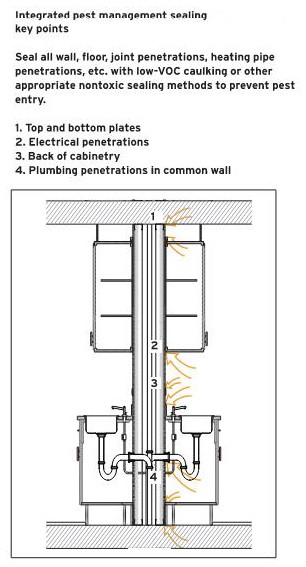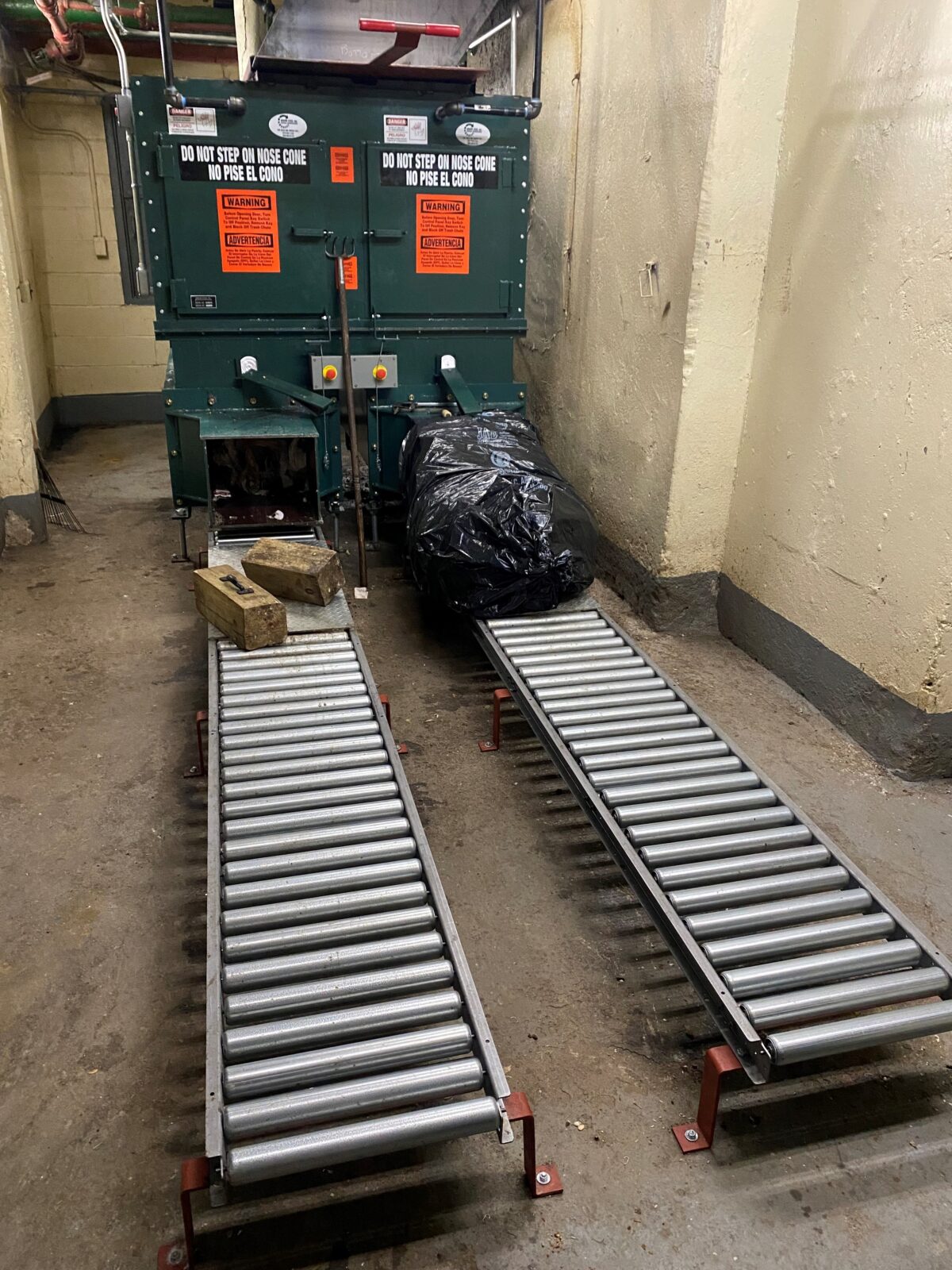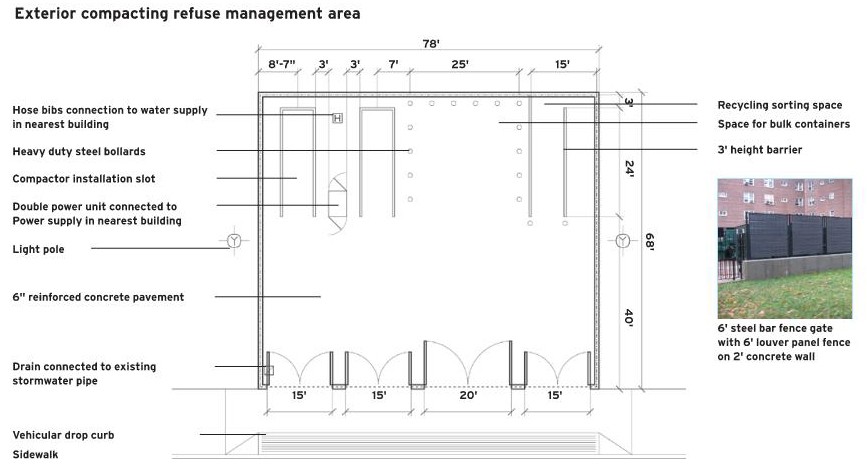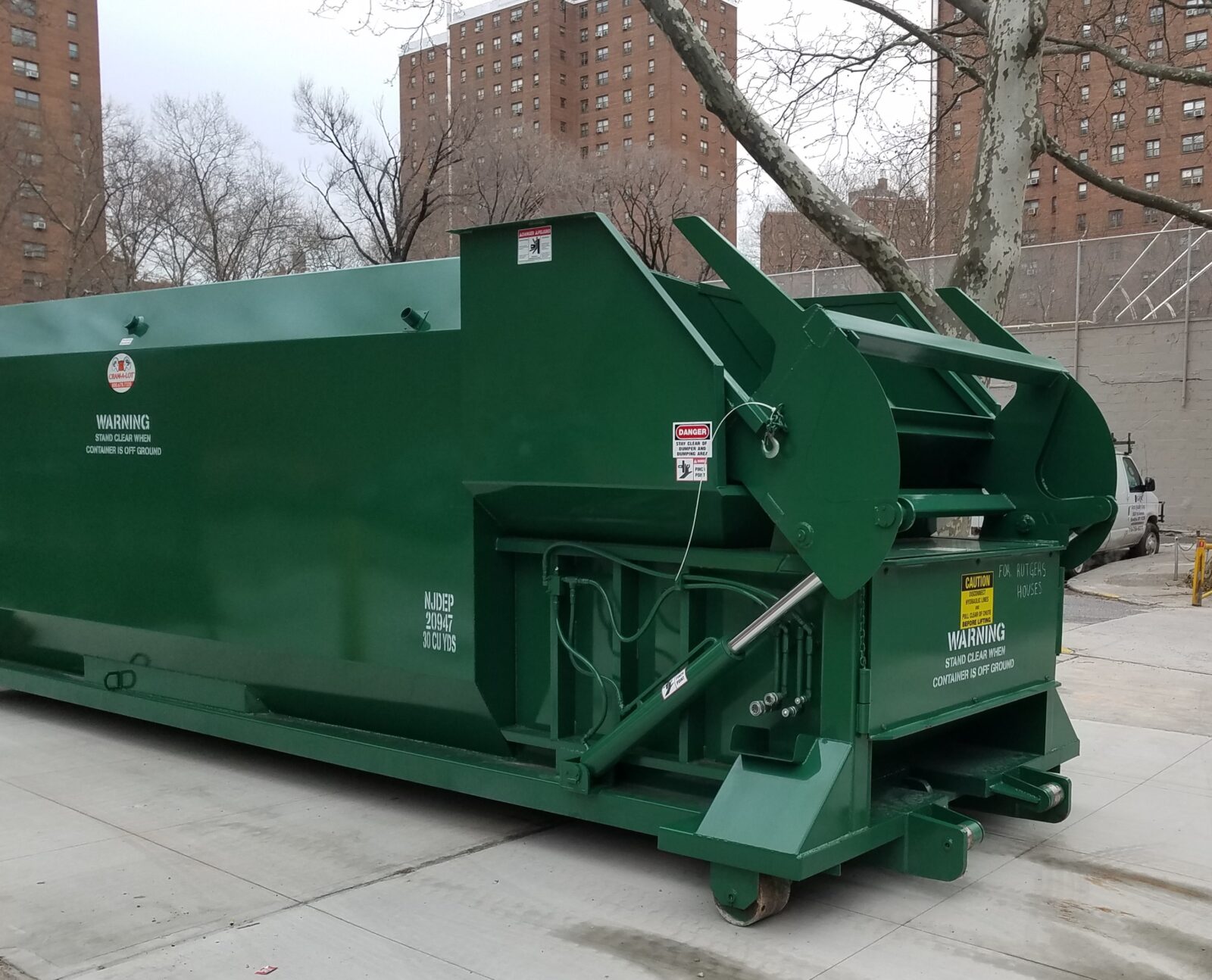
Description
- Construction waste refers to all solid waste byproducts from the renovation, demolition, and installation involved in the construction of new facilities. Typical examples of construction waste are demolished concrete blocks, stones, dirt generated during excavation, bricks, pipes, electrical conduit, tiles, asphalt, wood (treated, painted and clean), metal (ferrous and non-ferrous), lumber, and miscellaneous materials (dry wall, insulation, light fixtures, carpeting, etc.). All waste materials should follow NY city and state guidelines for proper containment, carting, disposal, and recycling when possible. Reducing and managing construction waste not only has a significant cost impact but also yields the greatest environmental benefits, mitigating greenhouse effect and carbon emissions. Wherever possible waste materials should be re-used, and efforts should be taken by site supervisors, maintenance workers, and contractors to reduce cuts and unnecessary construction waste. Recycling conserves resources and diverts materials from landfills.
Baseline
- Divert at least 50% of all non-hazardous construction waste from landfill.
- Recycle all of two of the following materials: cardboard, wood, drywall, metals, masonry, and asphalt. As an alternative to recycling one material, develop and implement a comprehensive efficient framing plan.
- Submit a construction and demolition (C&D) waste management plan for new construction and rehabilitation work at the Properties that establishes project-specific waste estimates, waste diversion goals, waste prevention measures, reuse inventory, communication plan, contamination prevention measures, and a recycling facility list. [PACT]
Stretch
- Where it is possible, efforts should be undertaken to meet C&D waste diversion rate of at least 75% by weight. In subsequent updates to the baseline standards C&D waste diversion will be planned for and enforced through contract language for design and construction architecture and engineering firms and contractors, incorporating new forms for data collection and waste monitoring during construction, as well as updating procedures for reporting on C&D waste during construction. [SA]
- Partner with city agencies, like OER’s Clean Soil Bank, to divert reusable materials from the waste stream. [SA]
- In construction projects where the removal of healthy trees is required, implement a tree reuse program where wood from the removal of healthy trees can be salvaged for lumber, mulch, or site furniture. [SA]
Strategies

Optimize Performance, Operation & Maintenance of Buildings, Systems & Assets
Last Updated on October 10, 2024 at 2:00 pm
Downloads and Data
Specifications
Construction Waste Management Plan Template


















